Sow
1. Seed maturation
After flowering, Clivia will bear fruit if pollinated properly. When the fruit is full and compact, turns reddish brown, and you can hear the sound when you press it with your hand, it means that the seed is ripe and can be sown
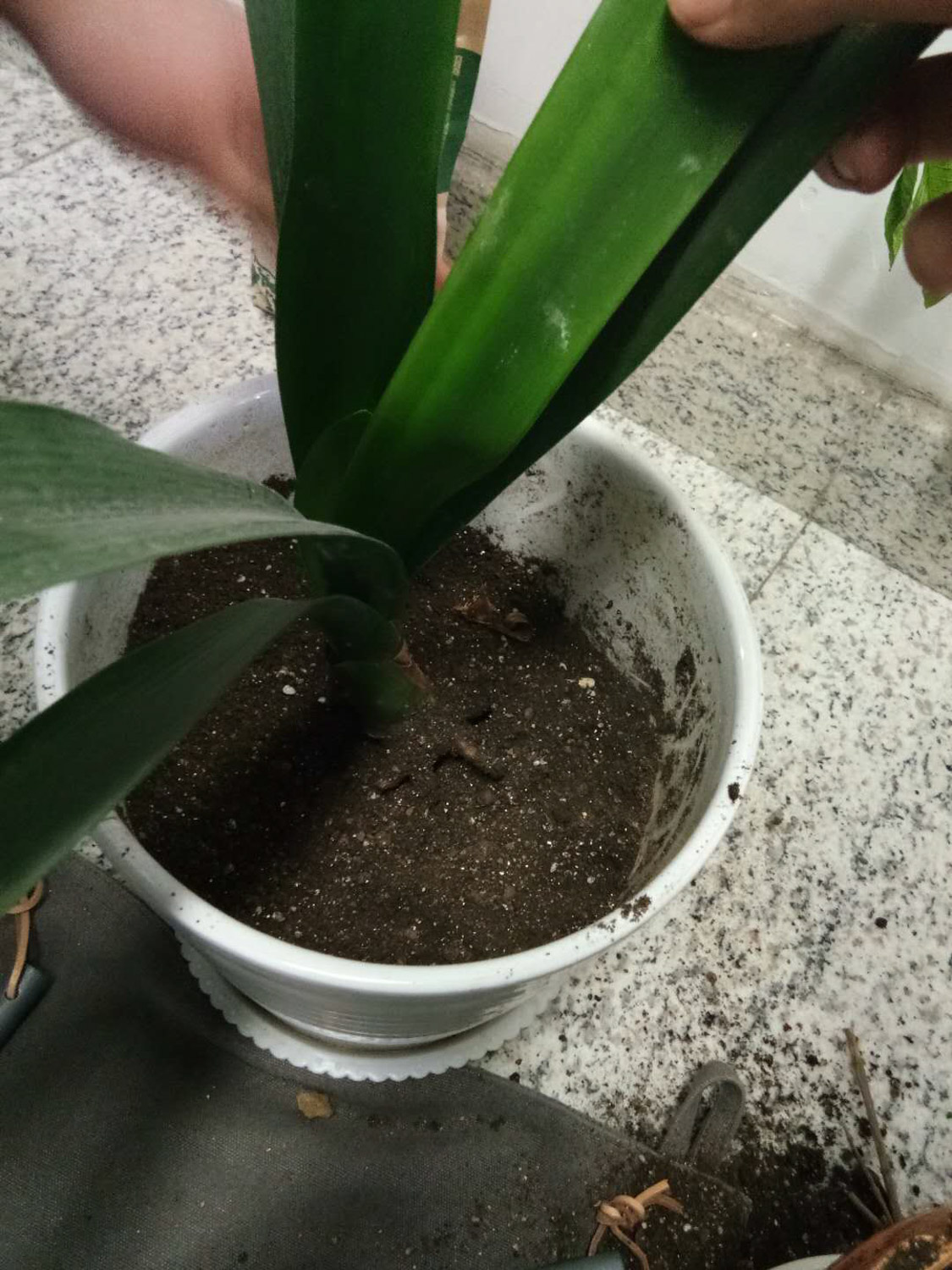
2. Seed picking
Take off the fruit at the top of Clivia, peel off the skin and expose the seeds like garlic petals
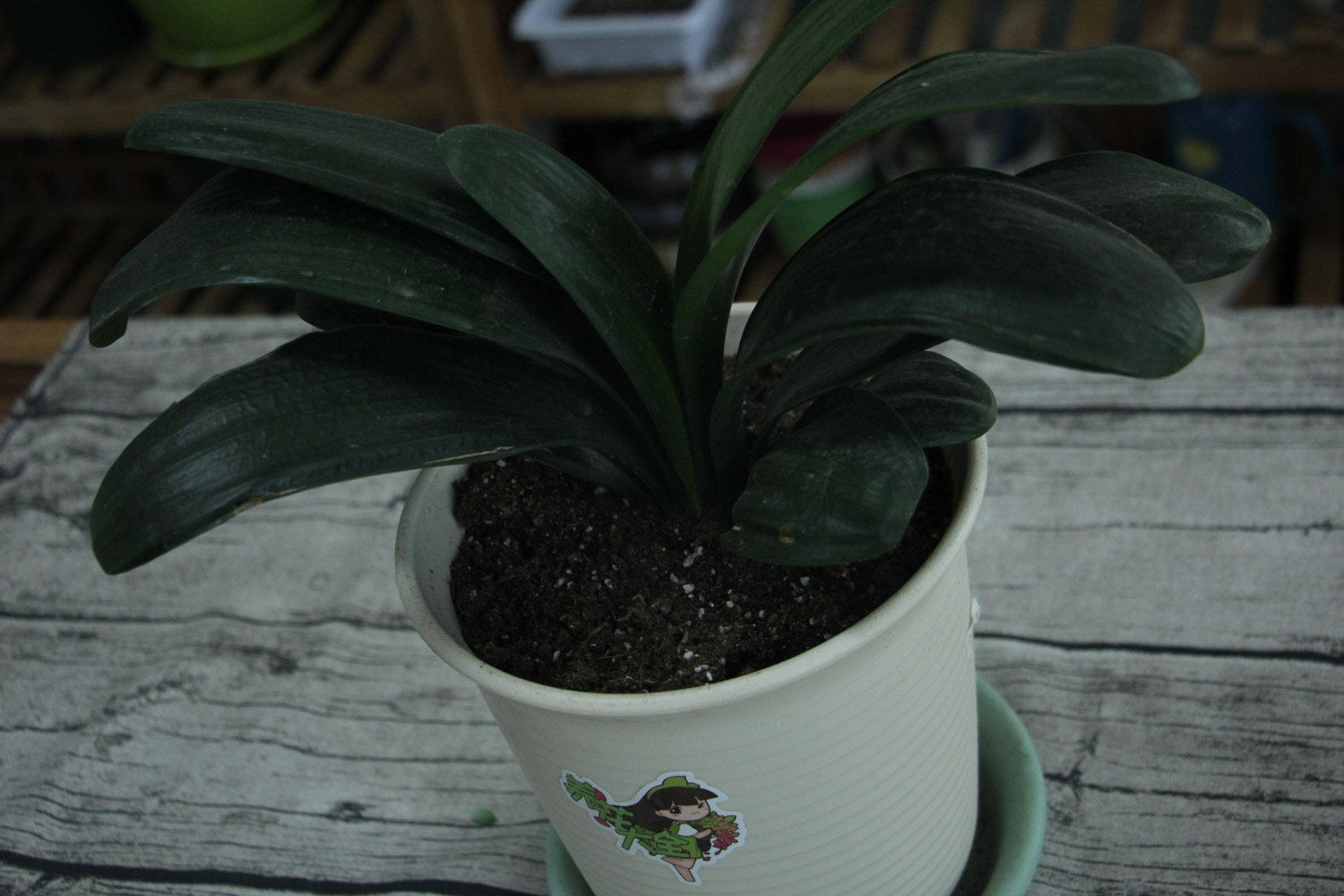
(source: damulan Forum)
3. Seed treatment
Soak the seeds in warm water that is slightly hot (about 40 ℃) for one day and one night, and dry them in a cool and ventilated place
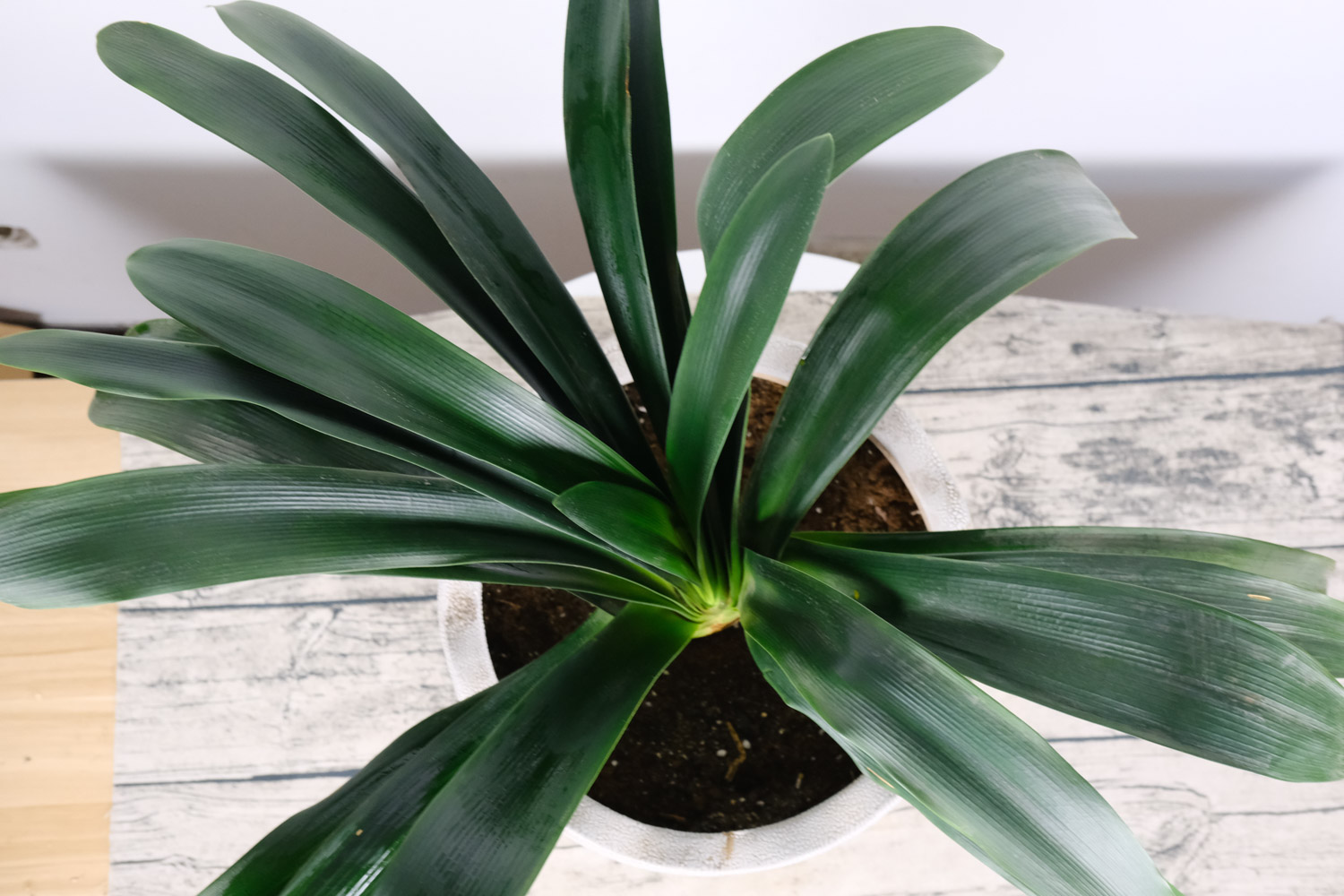
4. Observation seed eye
Carefully observe the seeds before planting, and you will see the slightly raised planting eyes of the seeds. When planting, the planting eyes should be downward
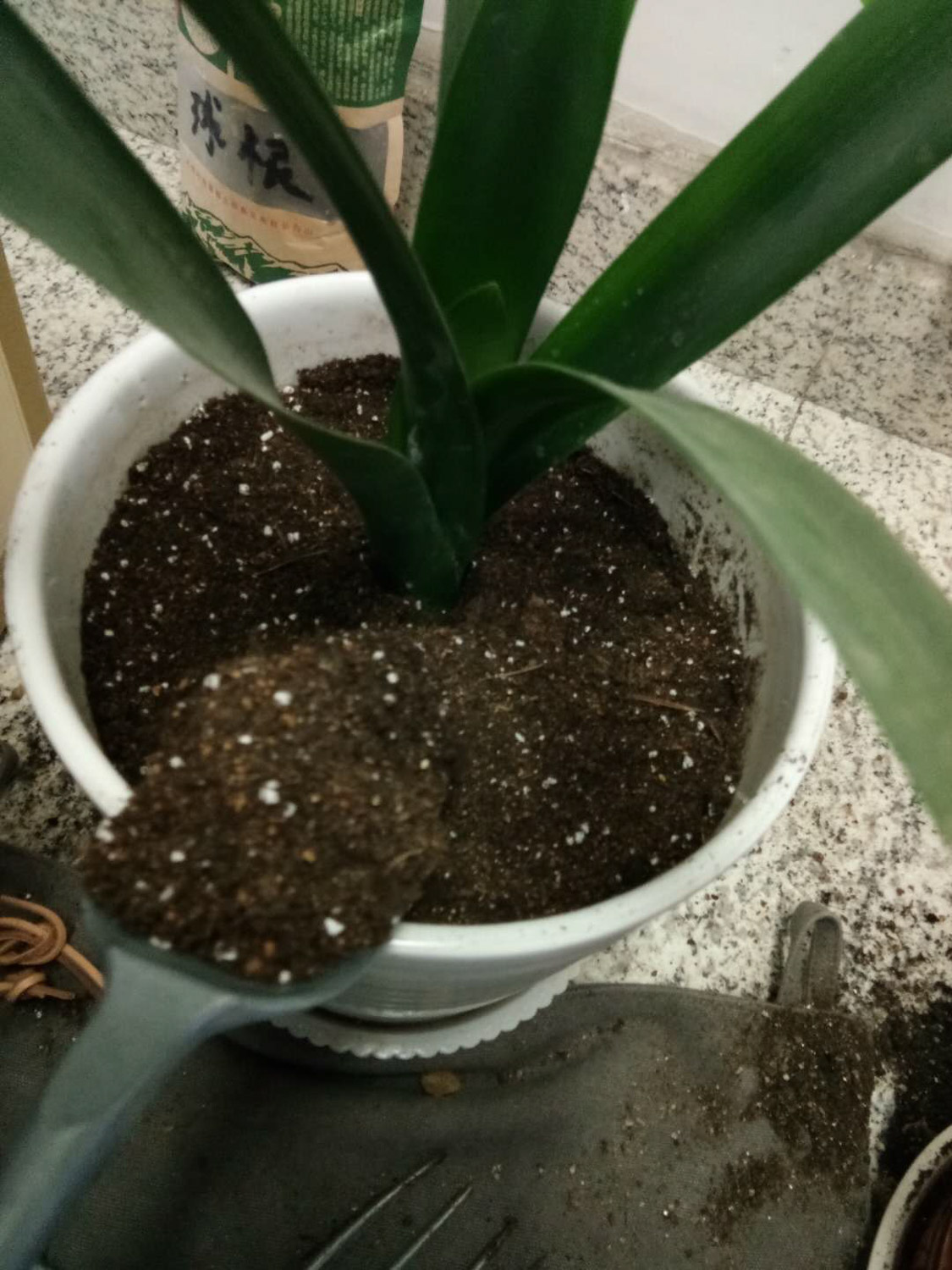
4. Seed germination
Put the seeds in loose cultivation media such as pine needles and sandy soil, keep the environment warm (above 20 ℃), do not see light, and spray water every day
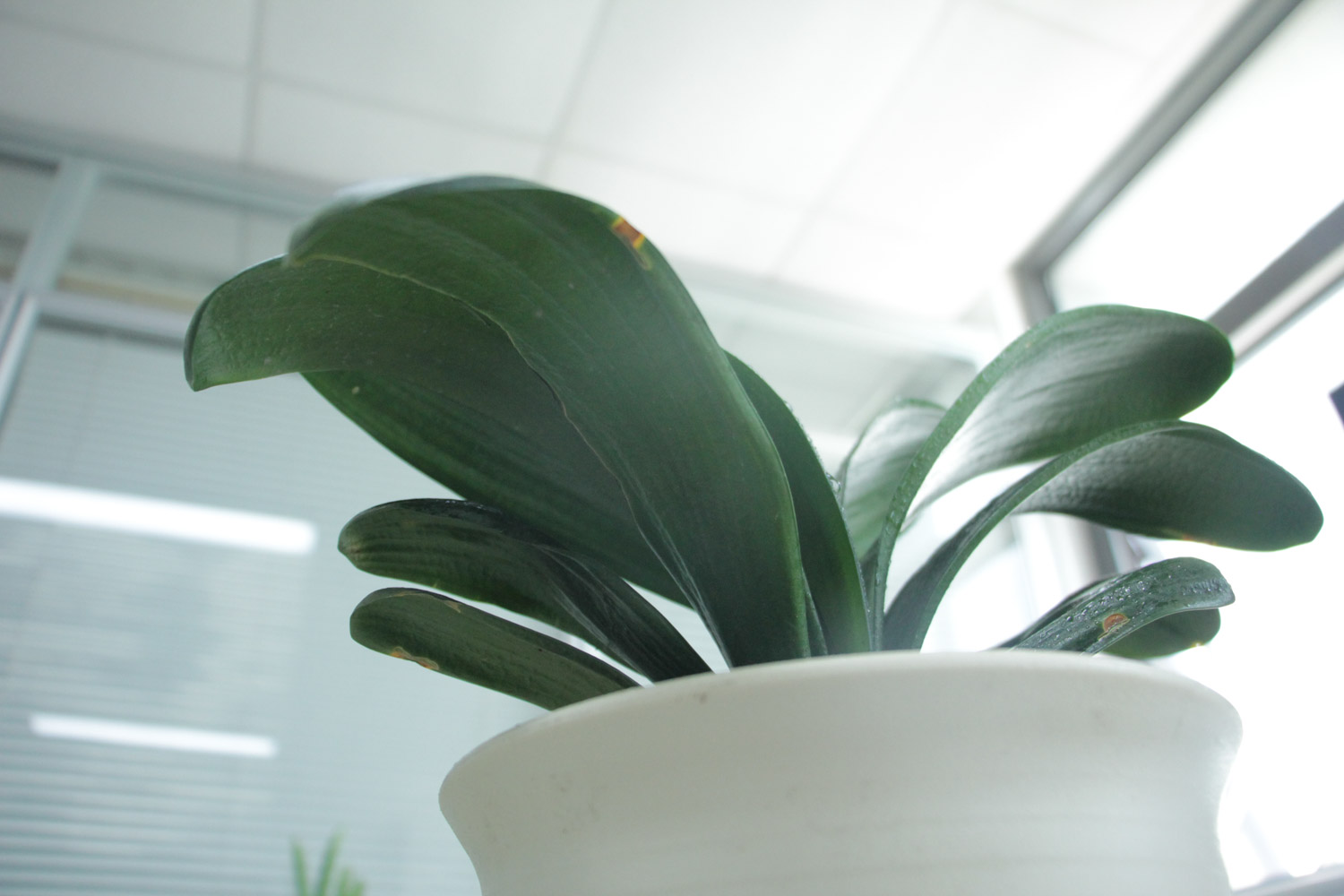
5. Seed budding
In about 20 days, the seeds will sprout
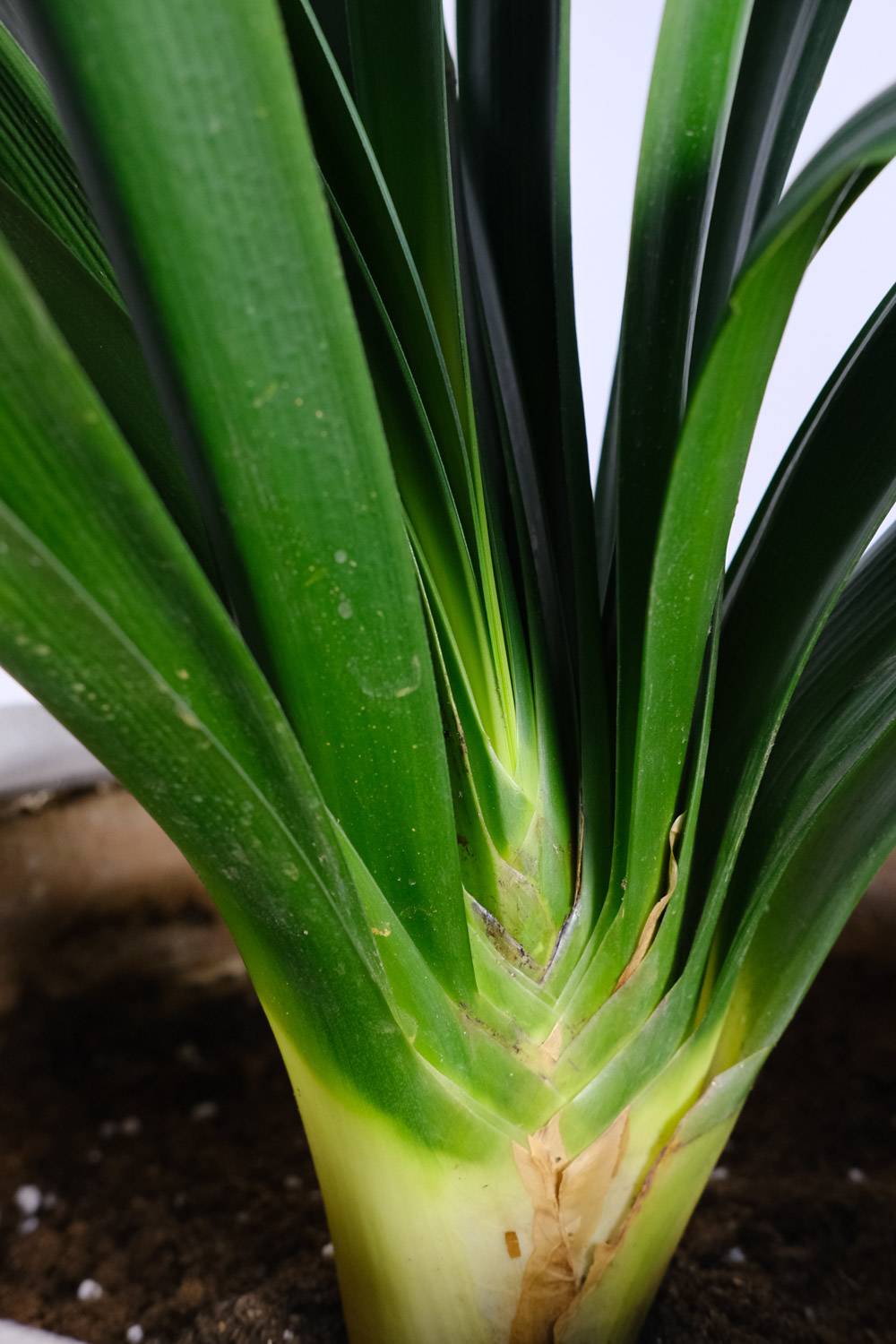
6. Seed transplanting
When Clivia has grown its first leaf, it should be moved to loose and fertile nutrient soil
The relatively simple nutrient soil configuration is to add some carbon residue or fine sand to the pastoral soil, and pay attention to some, which can be mixed with pine needles, coconut bran, charcoal, sawdust, etc
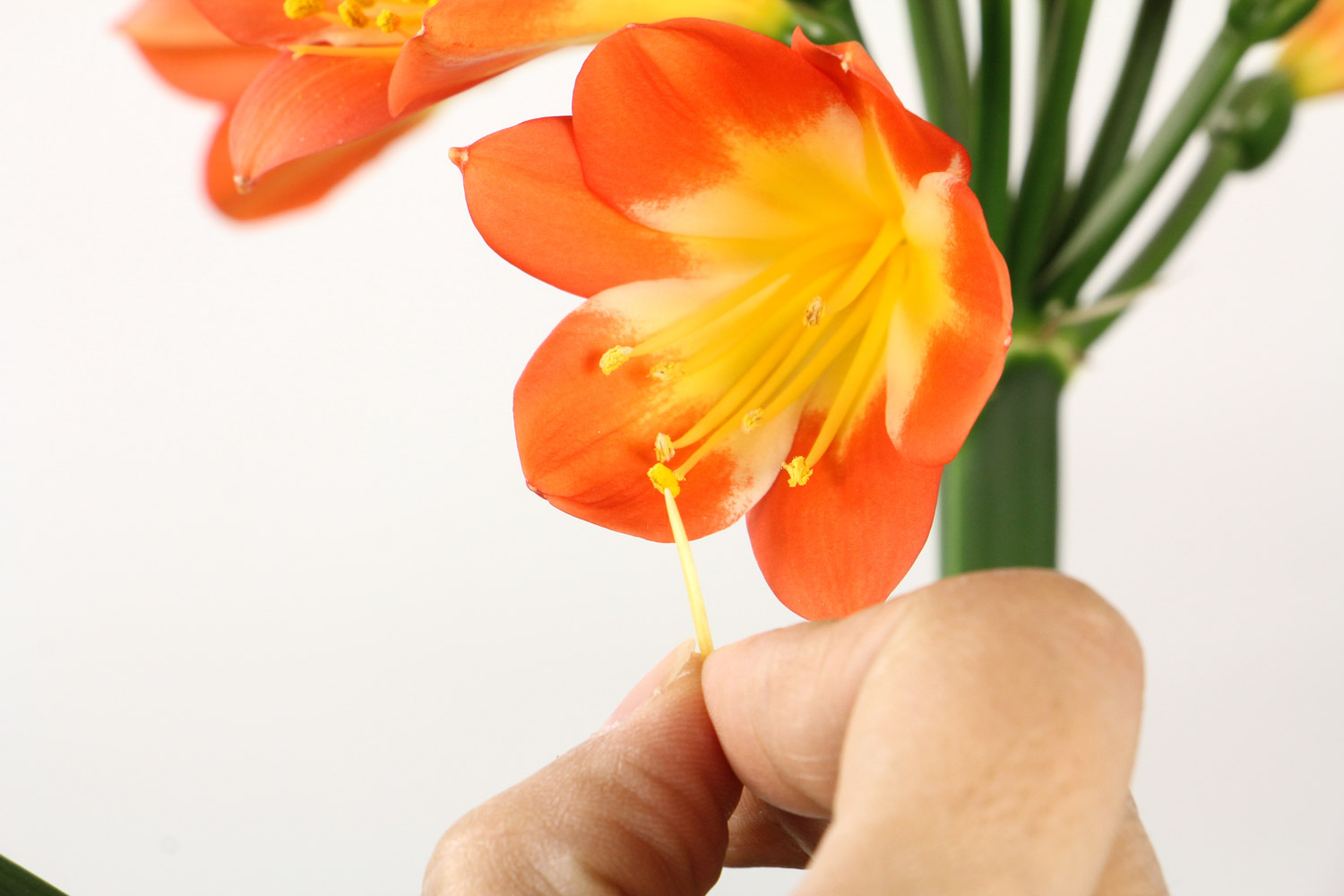
7. Plants grow
Put the Clivia in a cool and ventilated place, touch the basin and water it when the soil is dry, and soon the Clivia will thrive
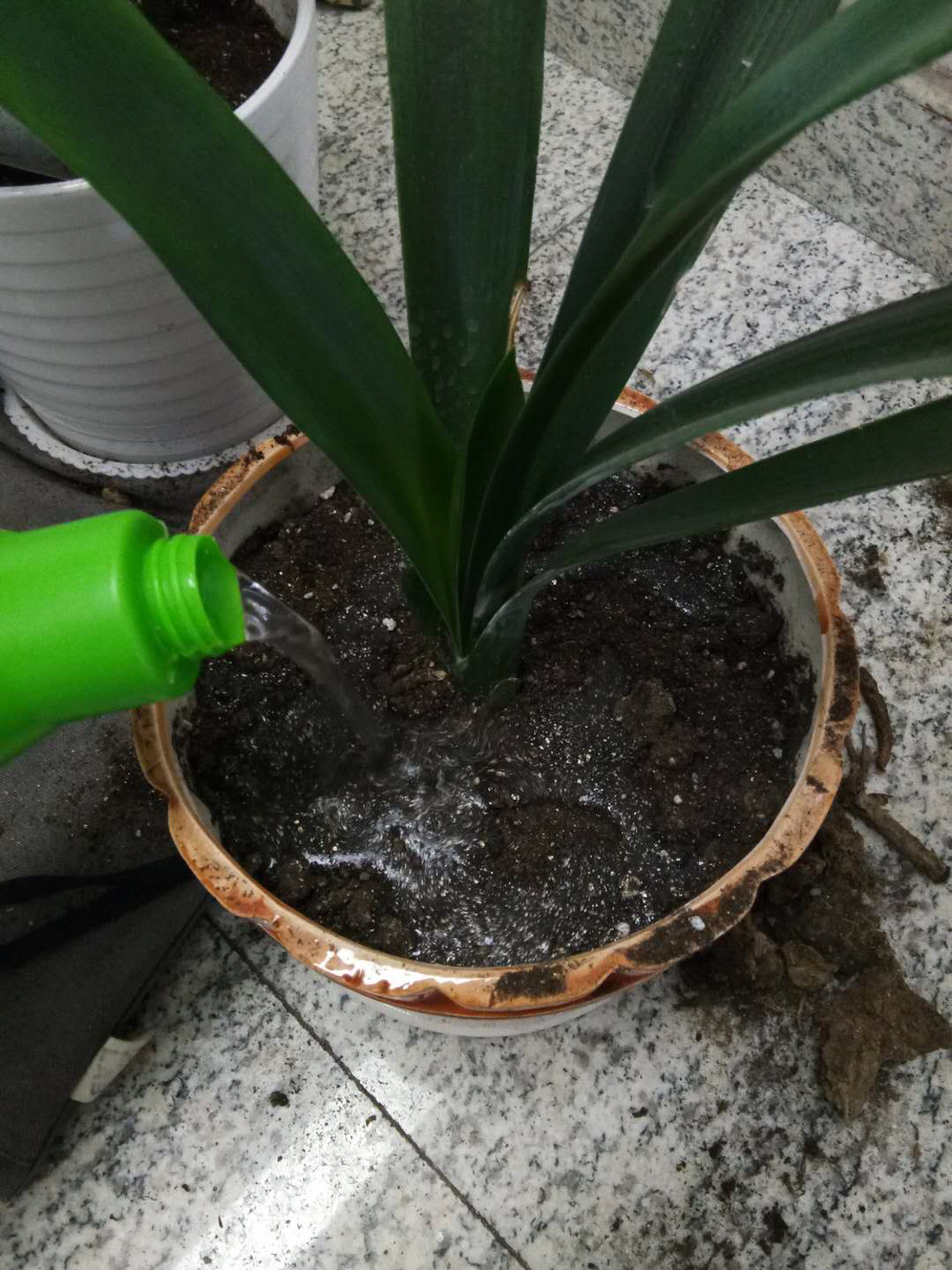
Attachment: manual pollination course of Clivia
Clivia blooms every year but never bears seeds? That's because there's no pollination! Huahua teaches you to pollinate Clivia today. Later, one basin of Clivia will become more and more. Children will have grandchildren. Flower friends can sell Clivia
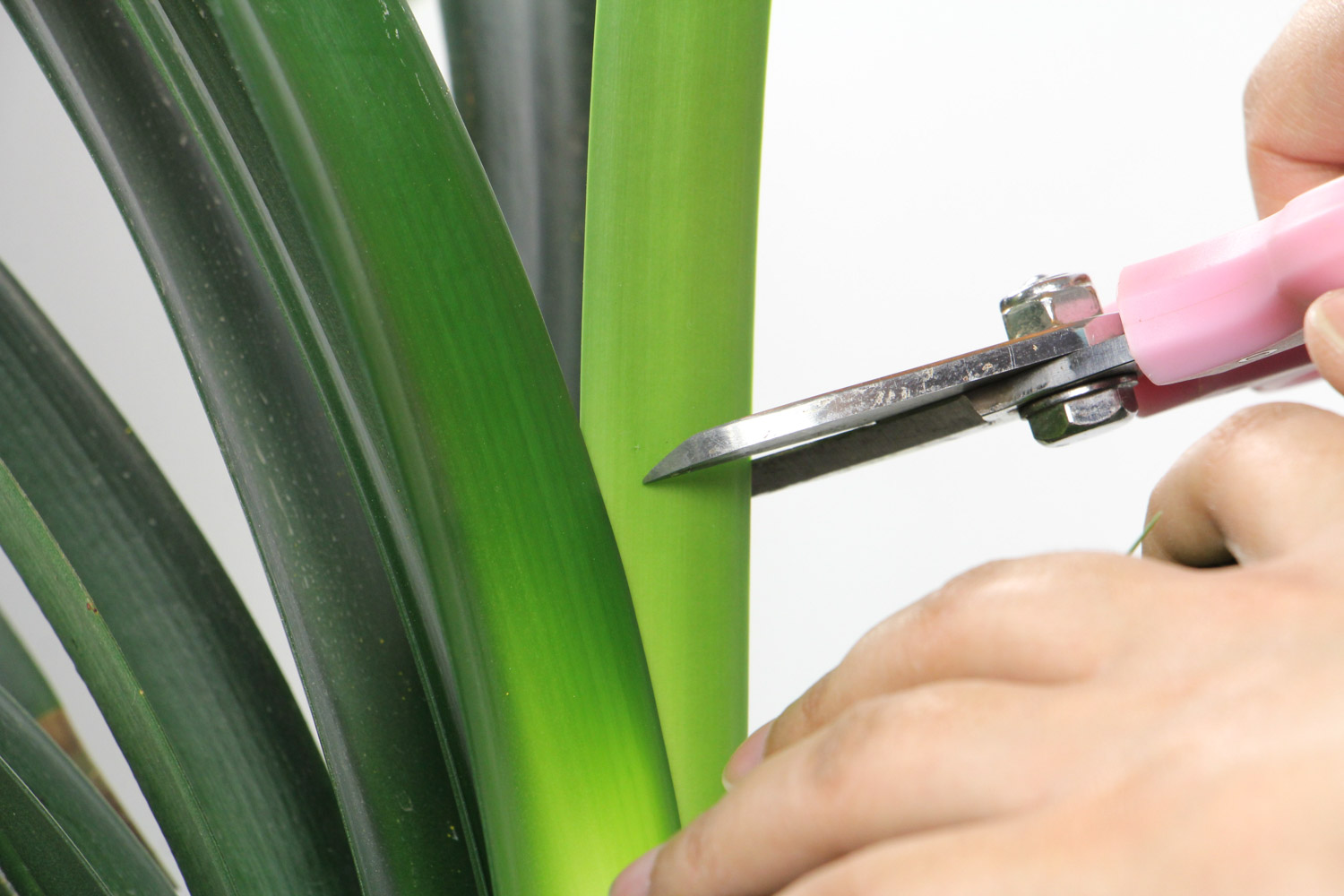
1. Tool preparation
Cotton swabs, toothpicks, acne needles, sewing needles... These things can be used as tools for artificial pollination
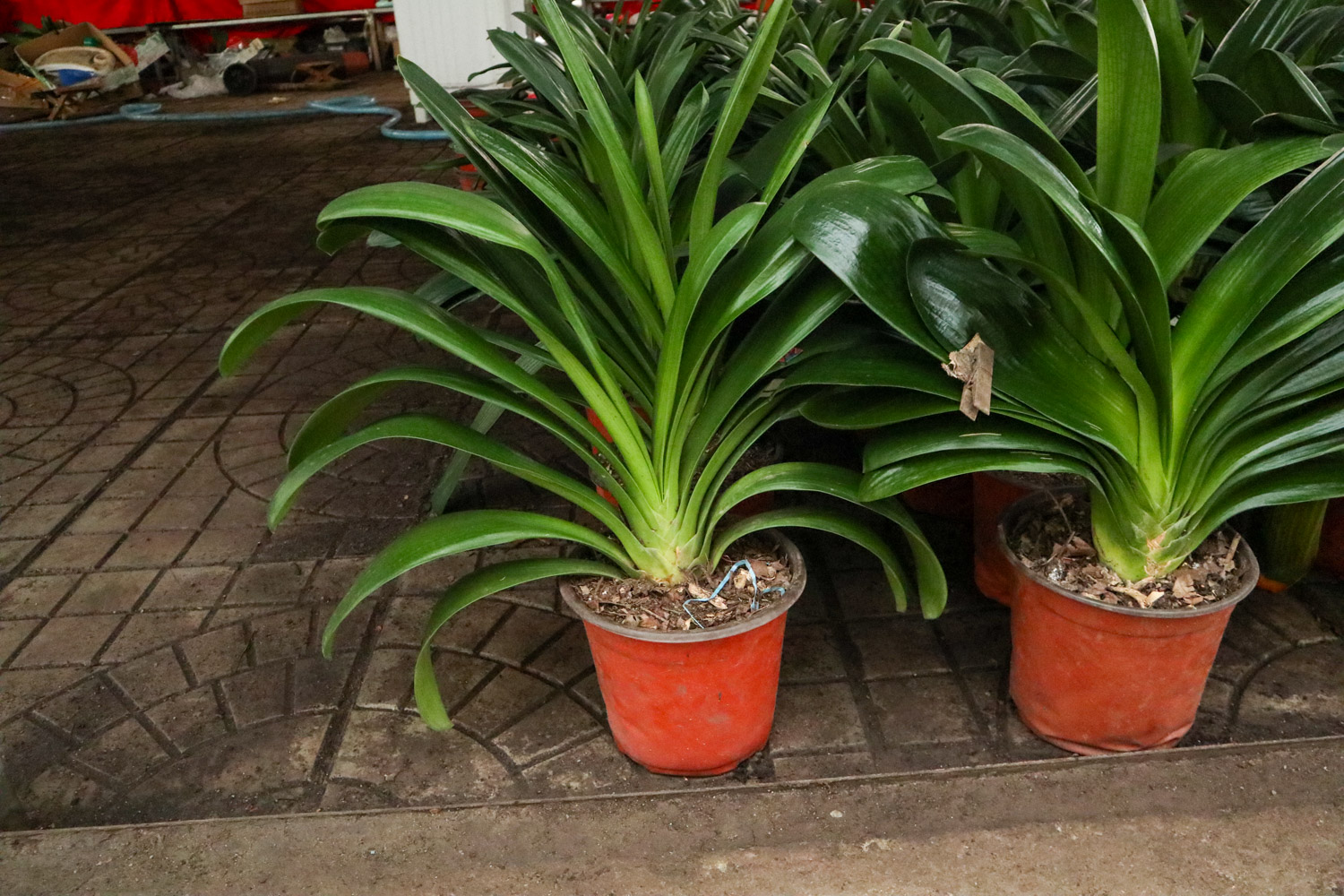
2. Pistil stamen
Among the pistils of Junzi orchid, the stamen with yellow pollen head at the top and the pistil with trigeminal column at the top
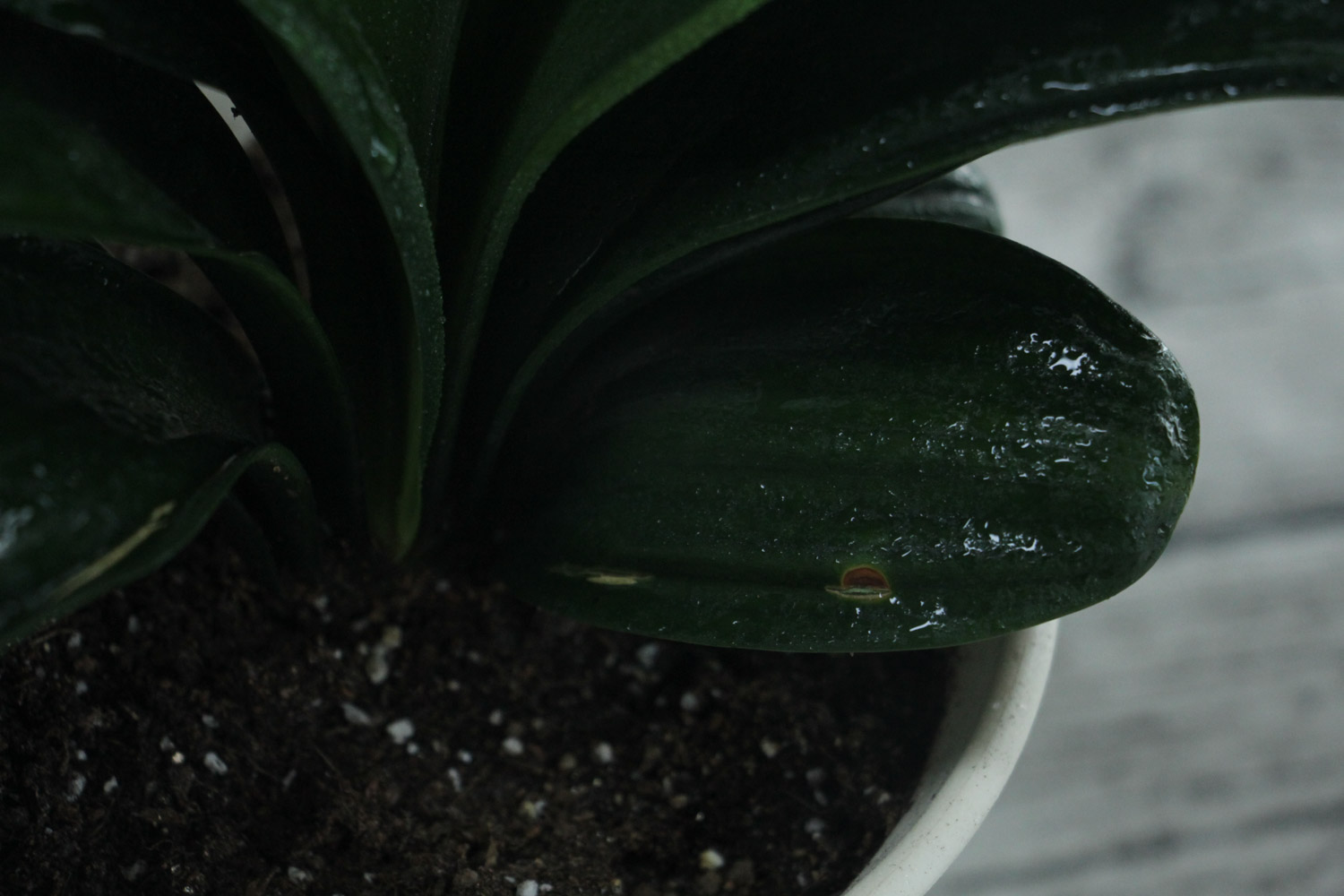
3. Start pollination
Put the pollen on the stamen on the pistil, pay attention to self pollination without fruit, and cross pollinate different flowers
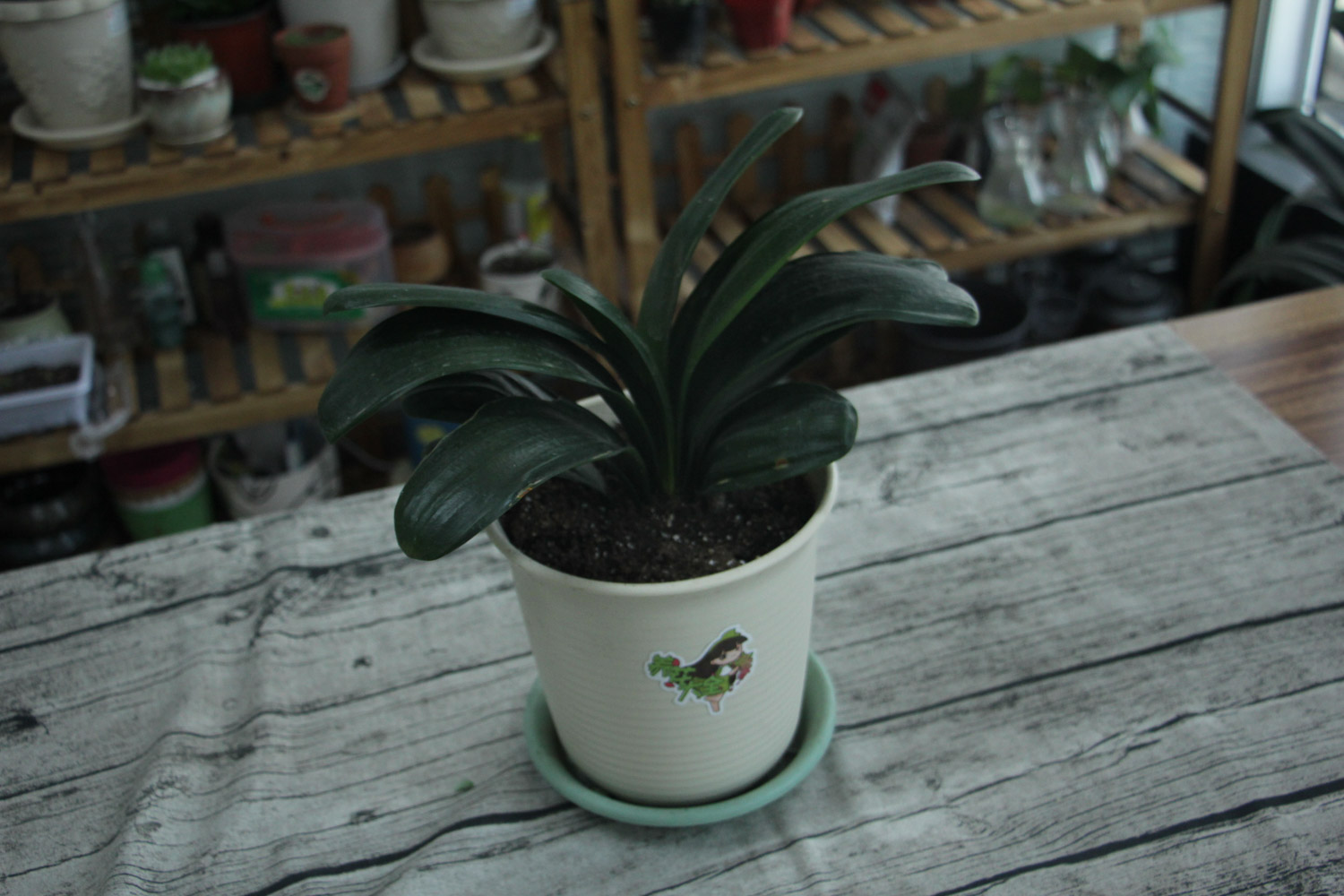
4. Simple method
If you think the above pollination methods are too cumbersome, there is also a simple method: take a brush and sweep the flowers
However, be sure to be gentle to avoid damaging the stamens
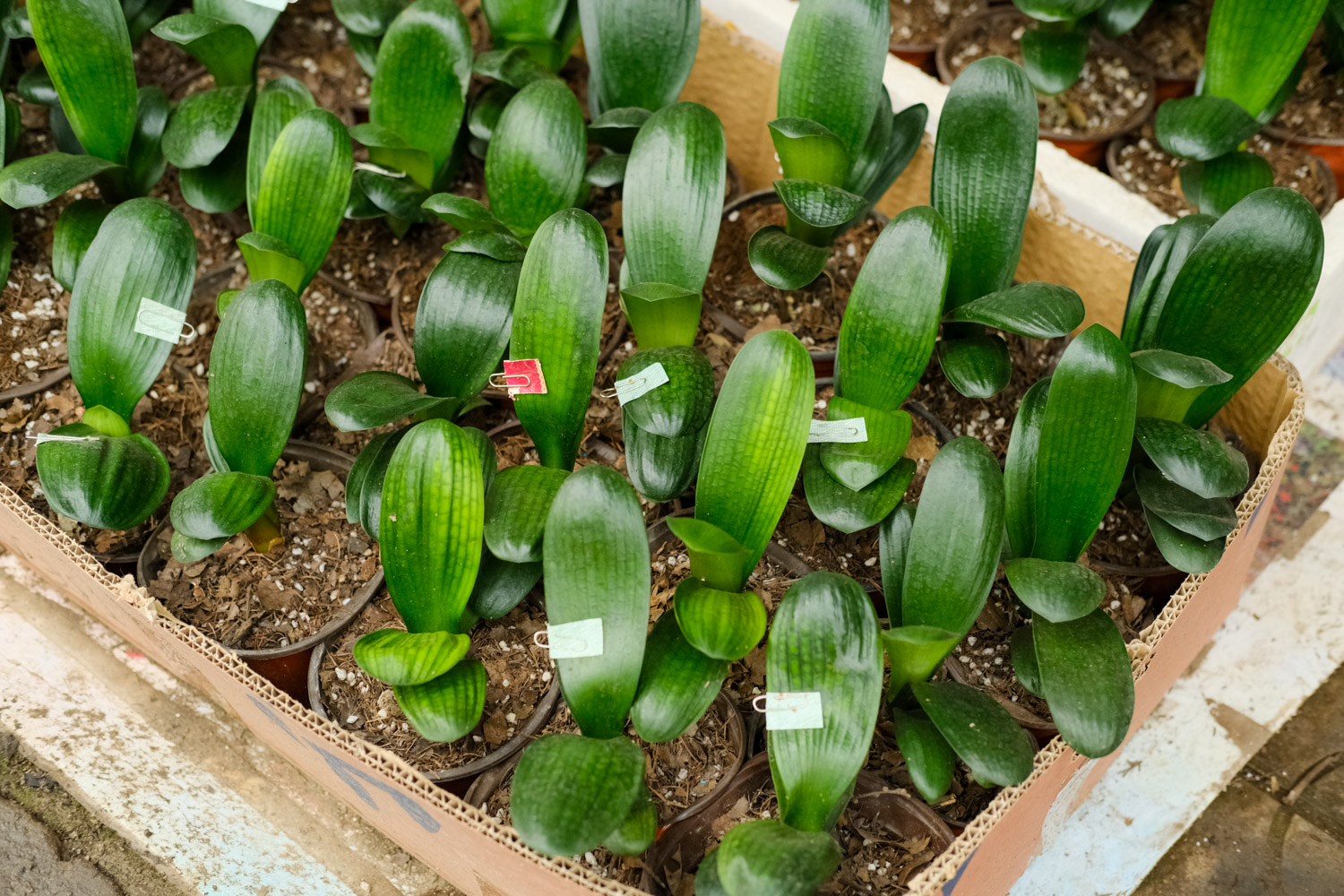
Ramet
After a few years, Clivia will grow small buds next to it. This is the "cub" of Clivia
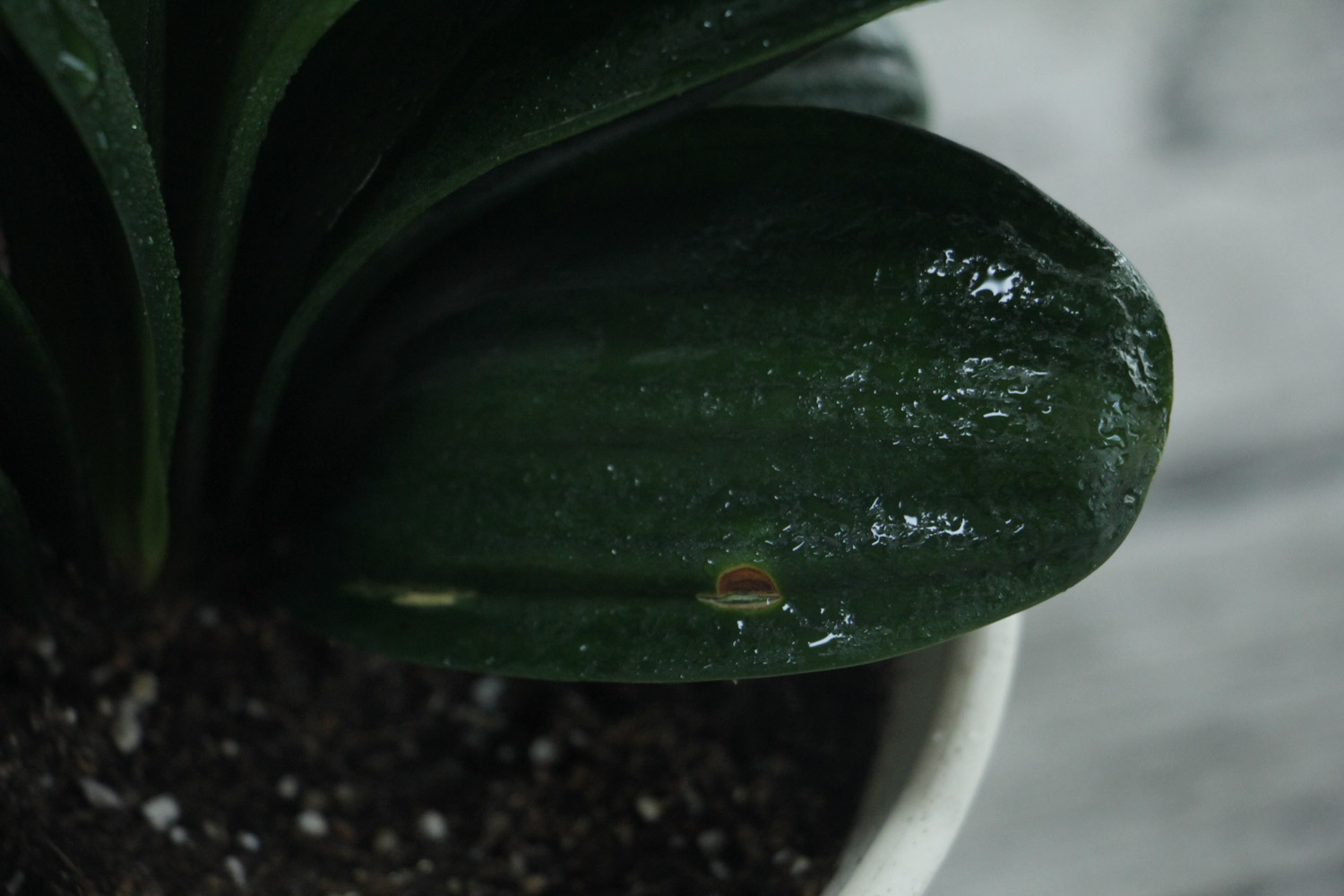
(author: Huxiao mountain forest 000; source: Clivia bar)
1. Ramet timing
When the buds grow to three or four pieces, they can be divided
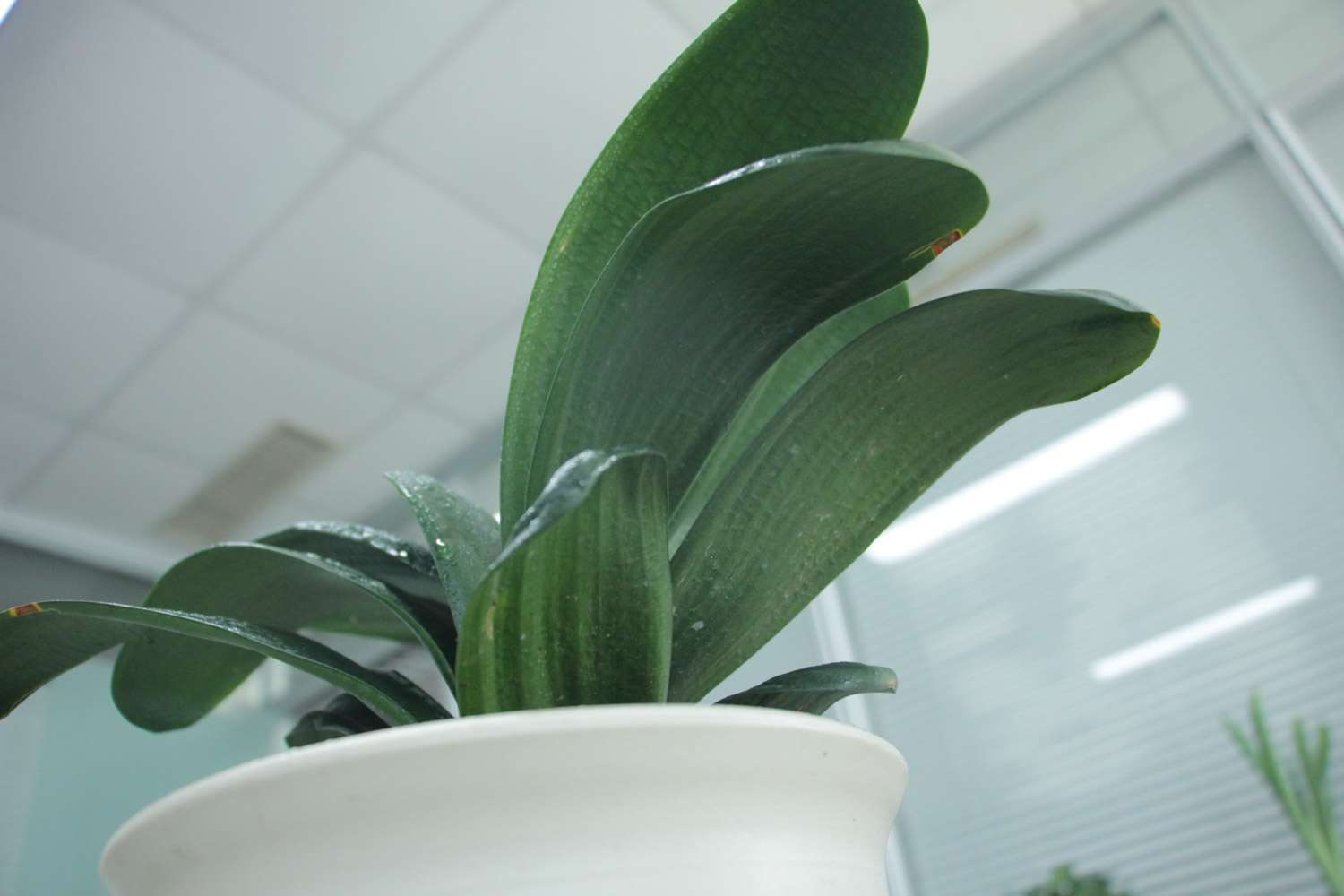
2. Material preparation
Prepare disinfectants (carbendazim, potassium permanganate solution, purple potion, plant ash, etc.), as well as sterilized blades, new culture soil, etc
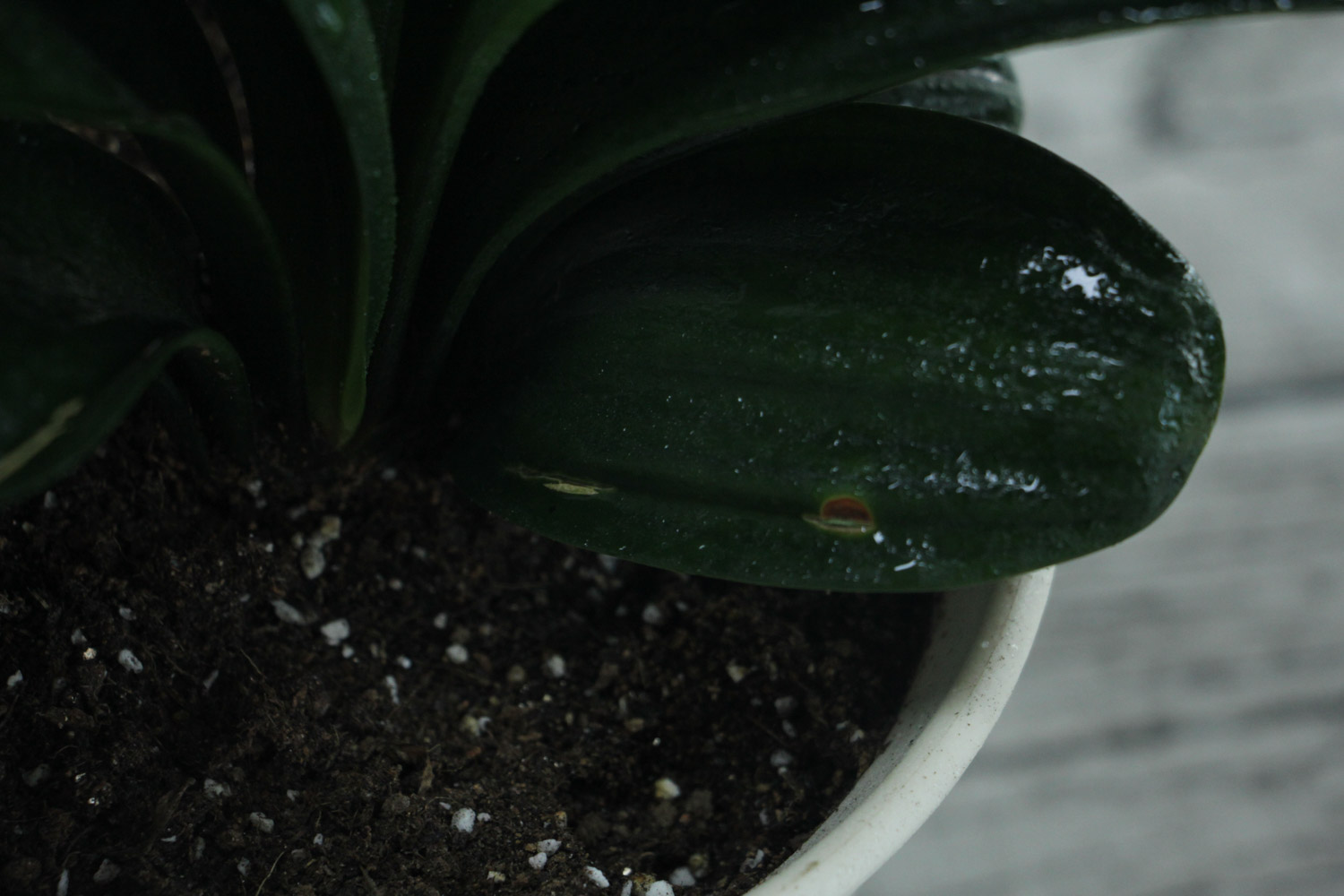
3. Root cleaning
Take out the whole Clivia from the flowerpot and clean up the soil at the root
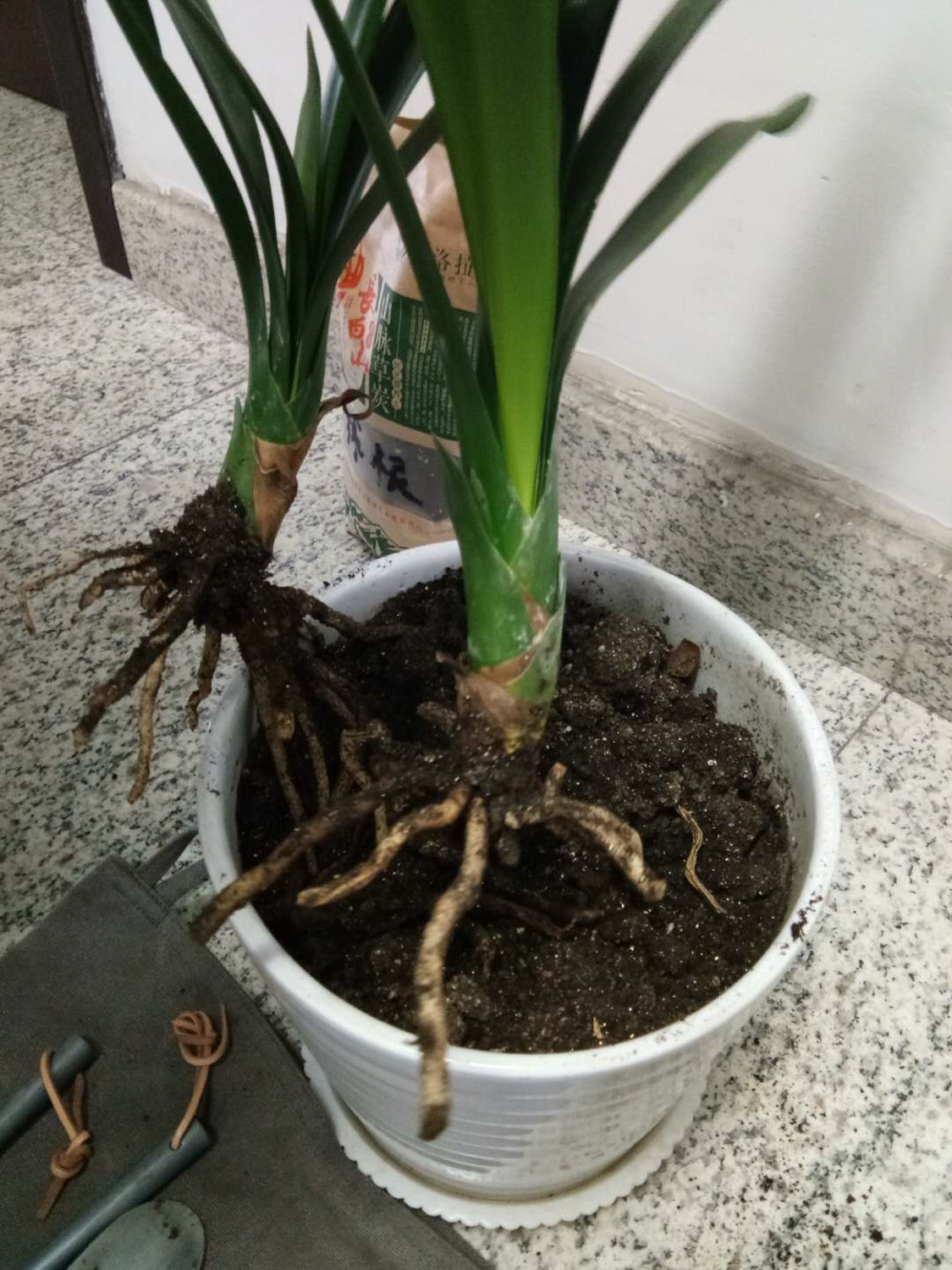
4. Disinfect
Soak the roots in disinfectant. Generally, the ratio of mixing with water is 1:3000. Take them out after soaking for an hour
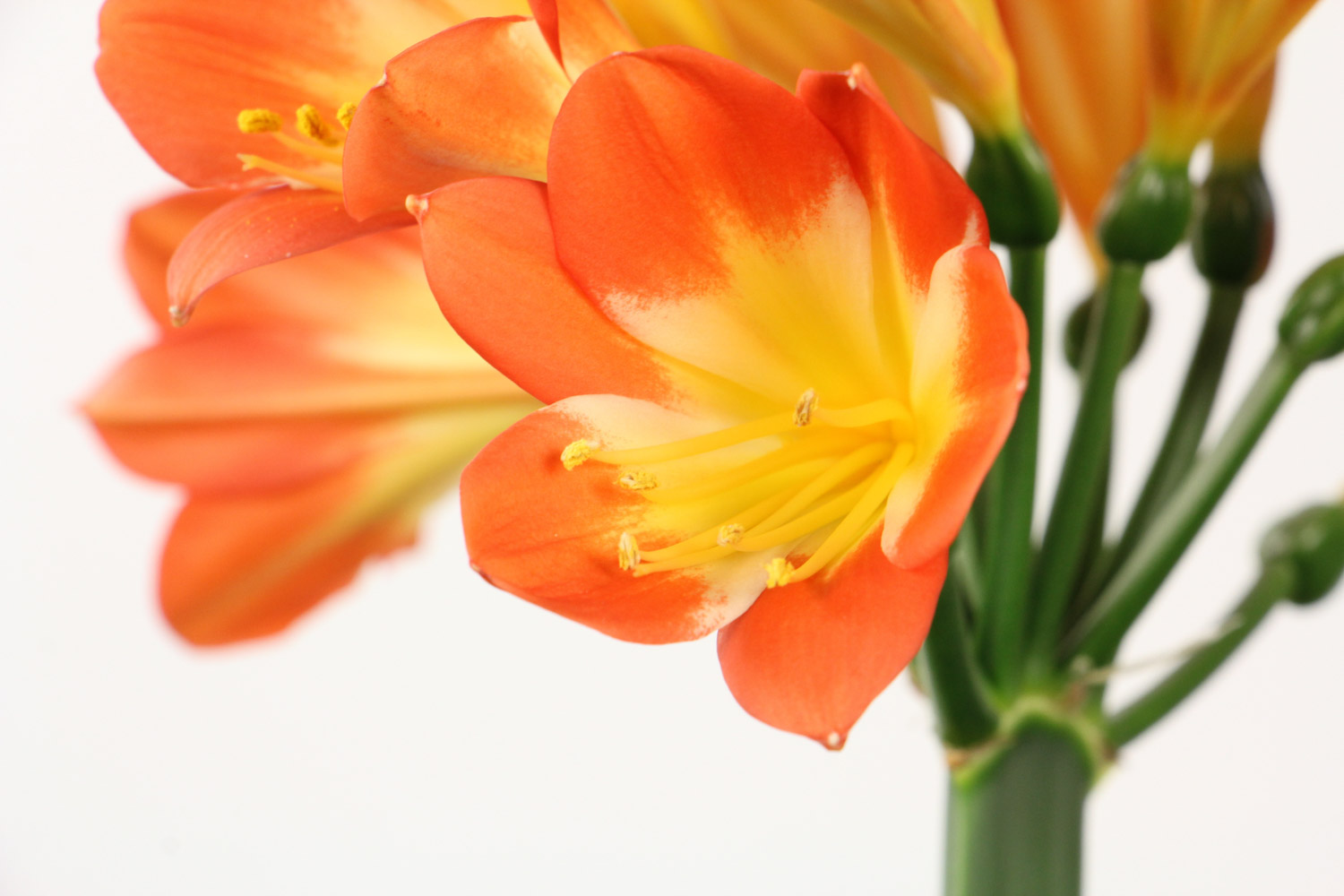
5. Root system drying
Prepare newspapers and white paper to cover the leaves of Clivia, expose the root system, and dry the root system in a cool and ventilated place
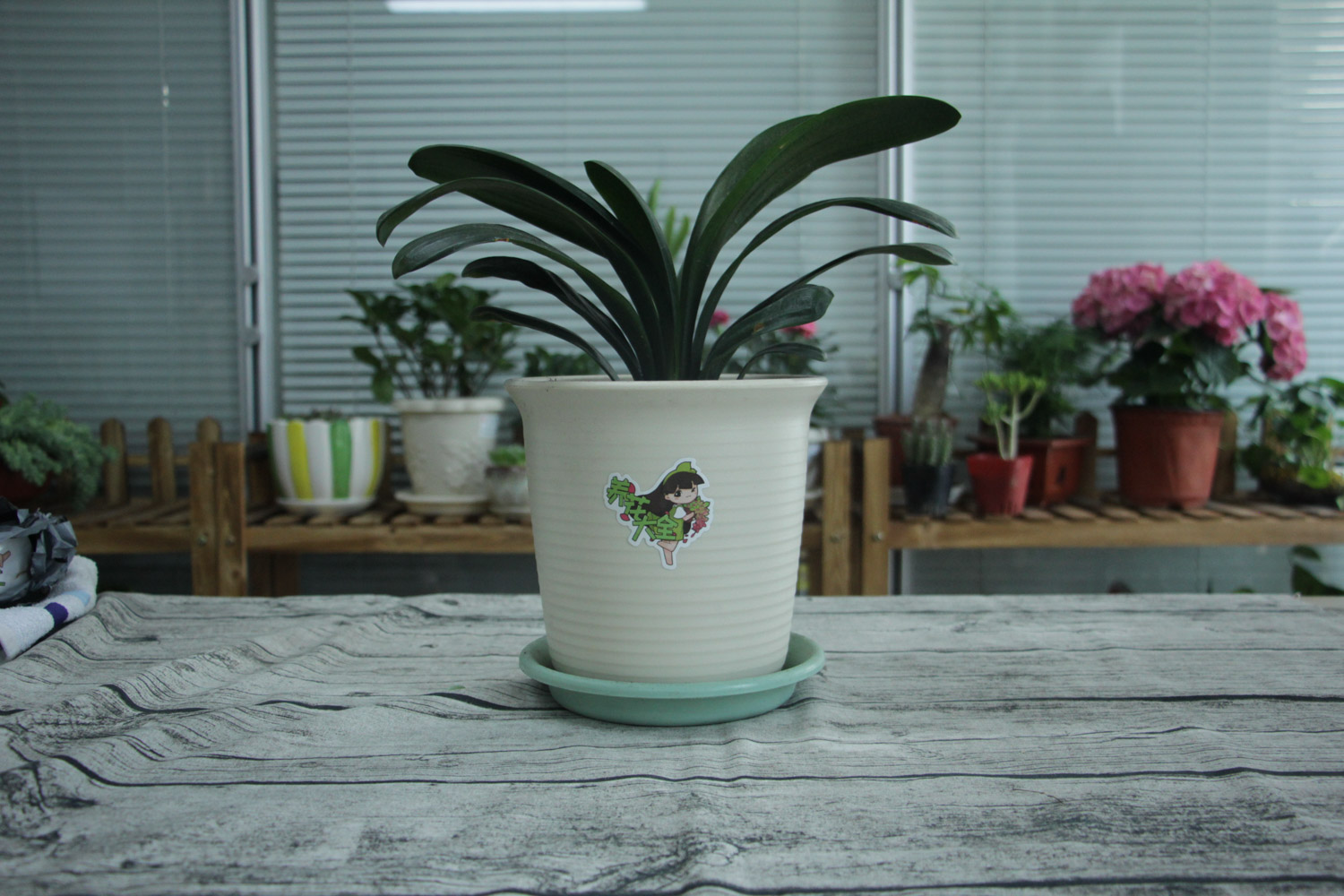
6. Conduct ramet
Cut off the new buds from the mother plant with a sterilized knife. Pay attention to let the new buds take more roots as far as possible to facilitate survival
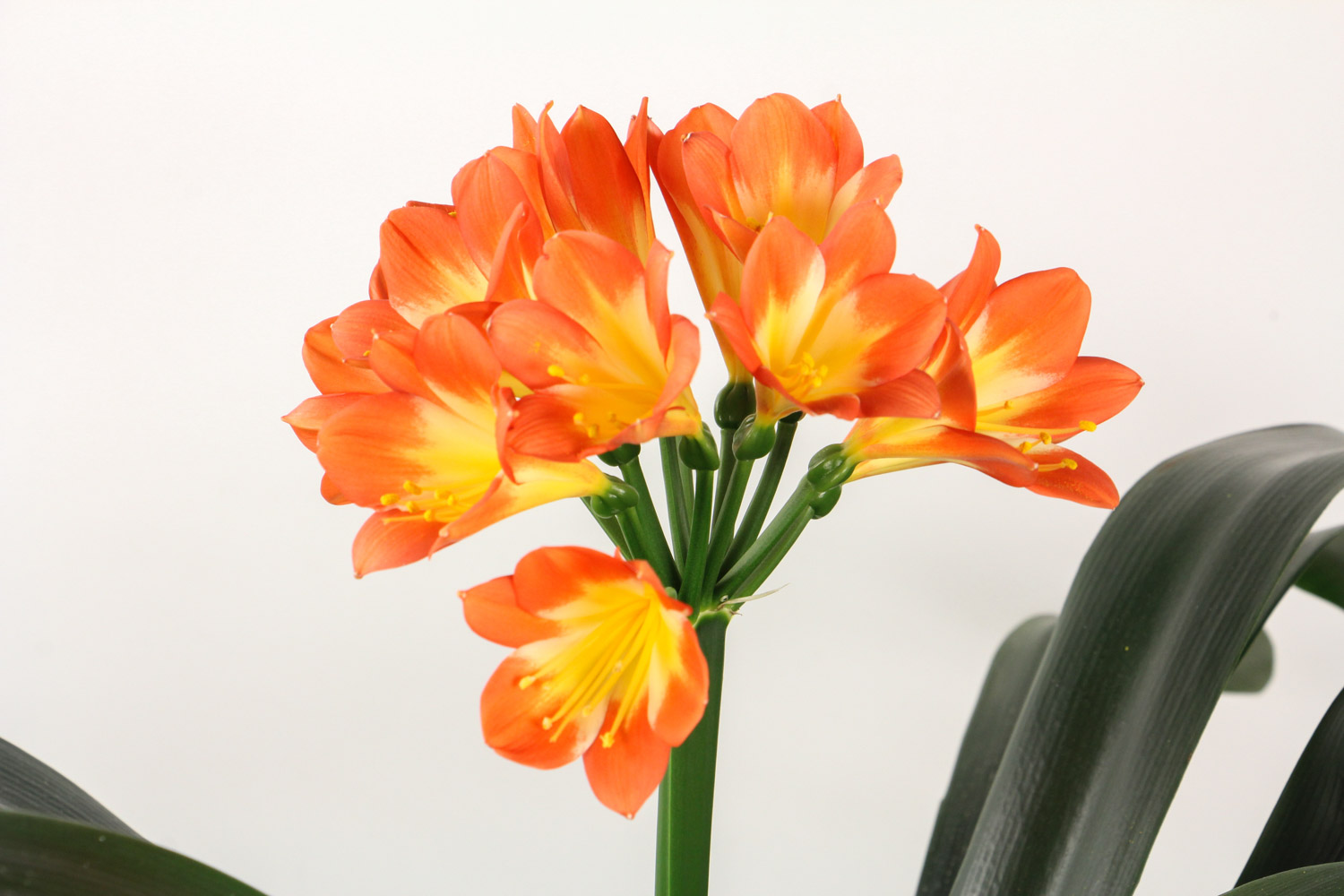
7. Wound disinfection
Smear the wound with disinfectant, disinfect and sterilize it, and then put it in a cool place to dry the roots

8. Replant
Plant the divided Clivia in flowerpots and water them thoroughly

Attachment: maintenance of Clivia after branching
1. The soil must be loose. Add about one fifth of sand or vermiculite into the nutrient soil, and it is best to add some pine needles
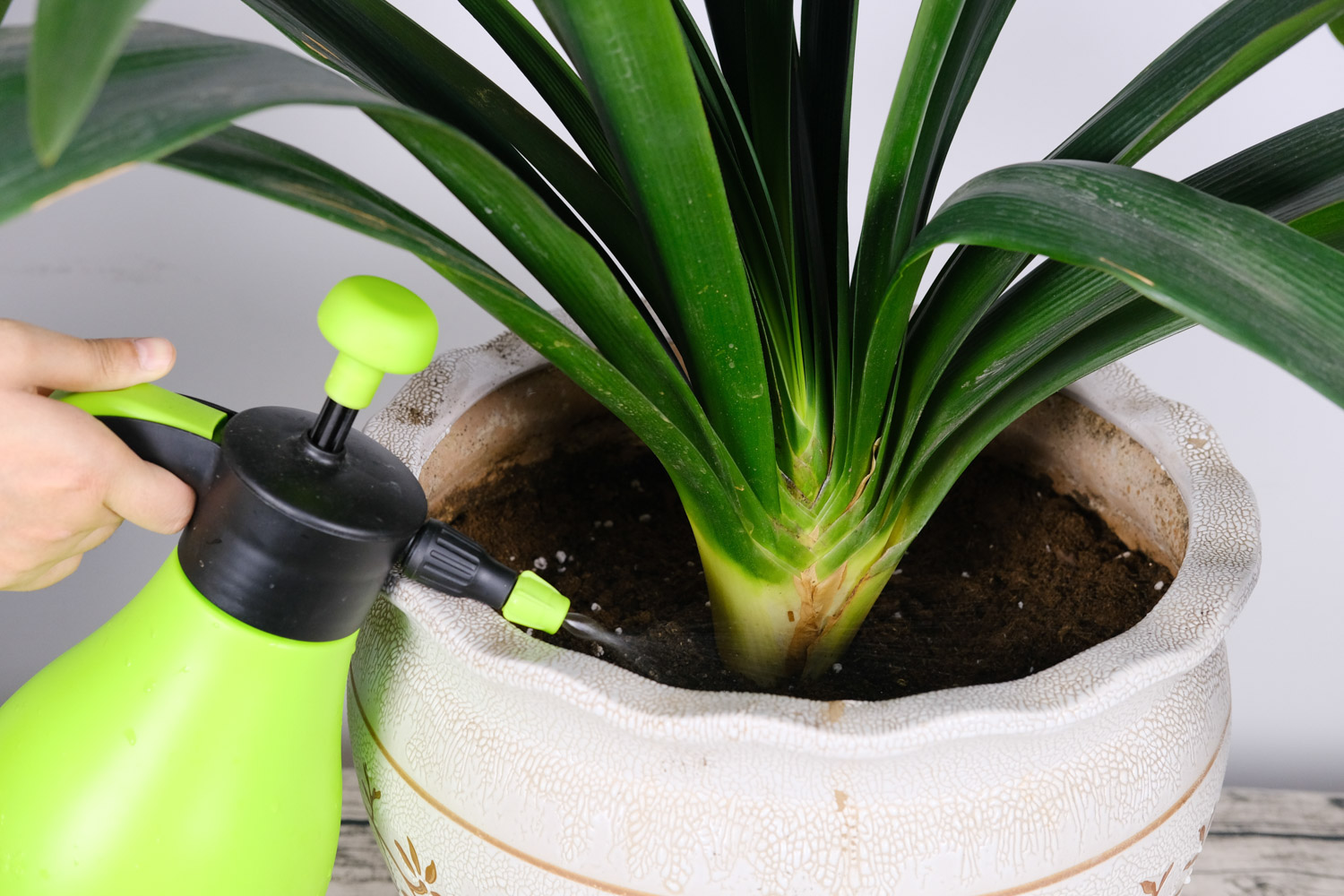
2. It takes about two to three weeks to take the basin. During this period, don't bask in the sun and pay attention to shade and ventilation
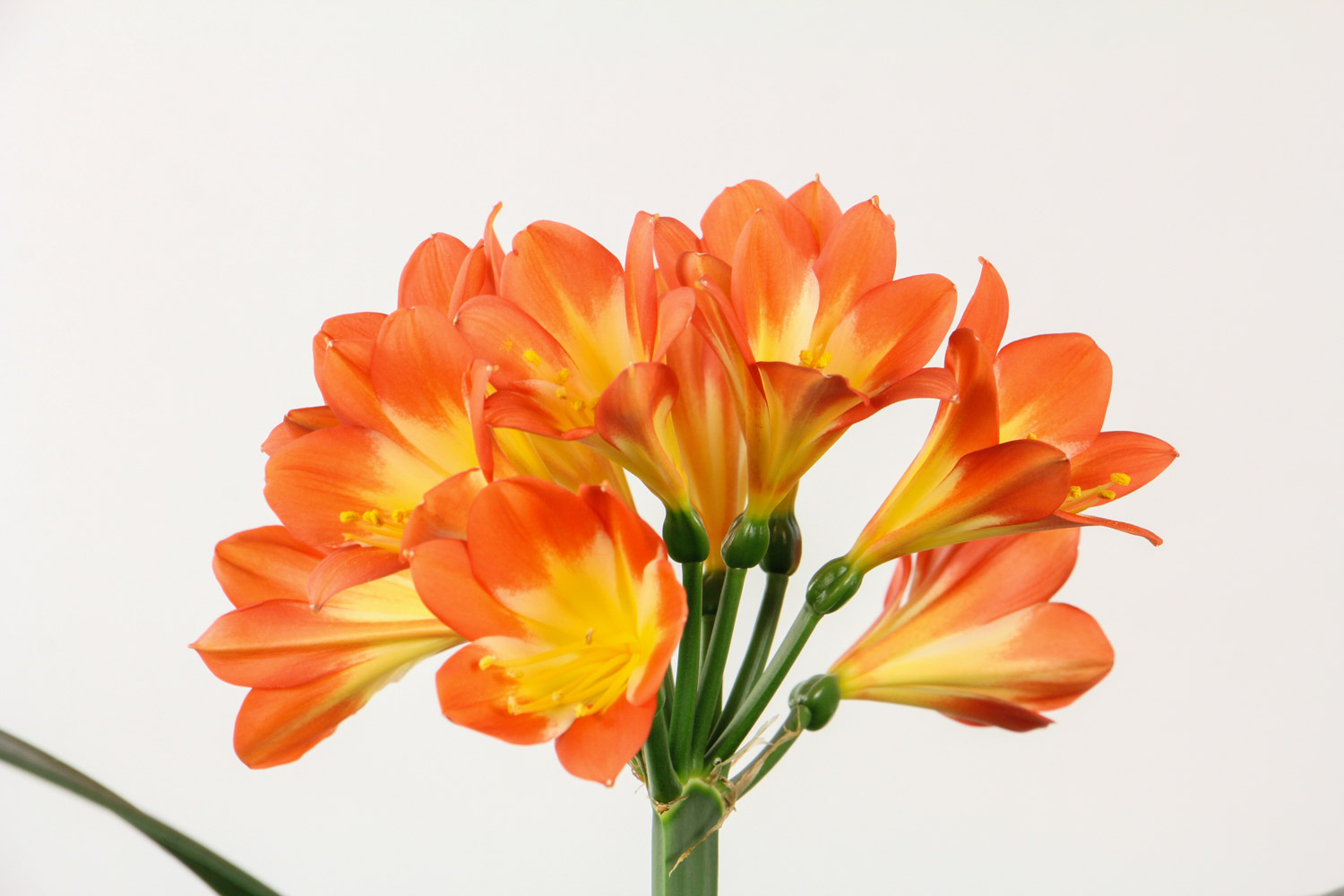
3. At this time, do not pour too much water. The soil should be semi dry, otherwise it is easy to rot the roots
Before watering, insert your fingers into the soil for 3 or 4 cm. Feel that the soil at your fingertips is completely dry, and then water
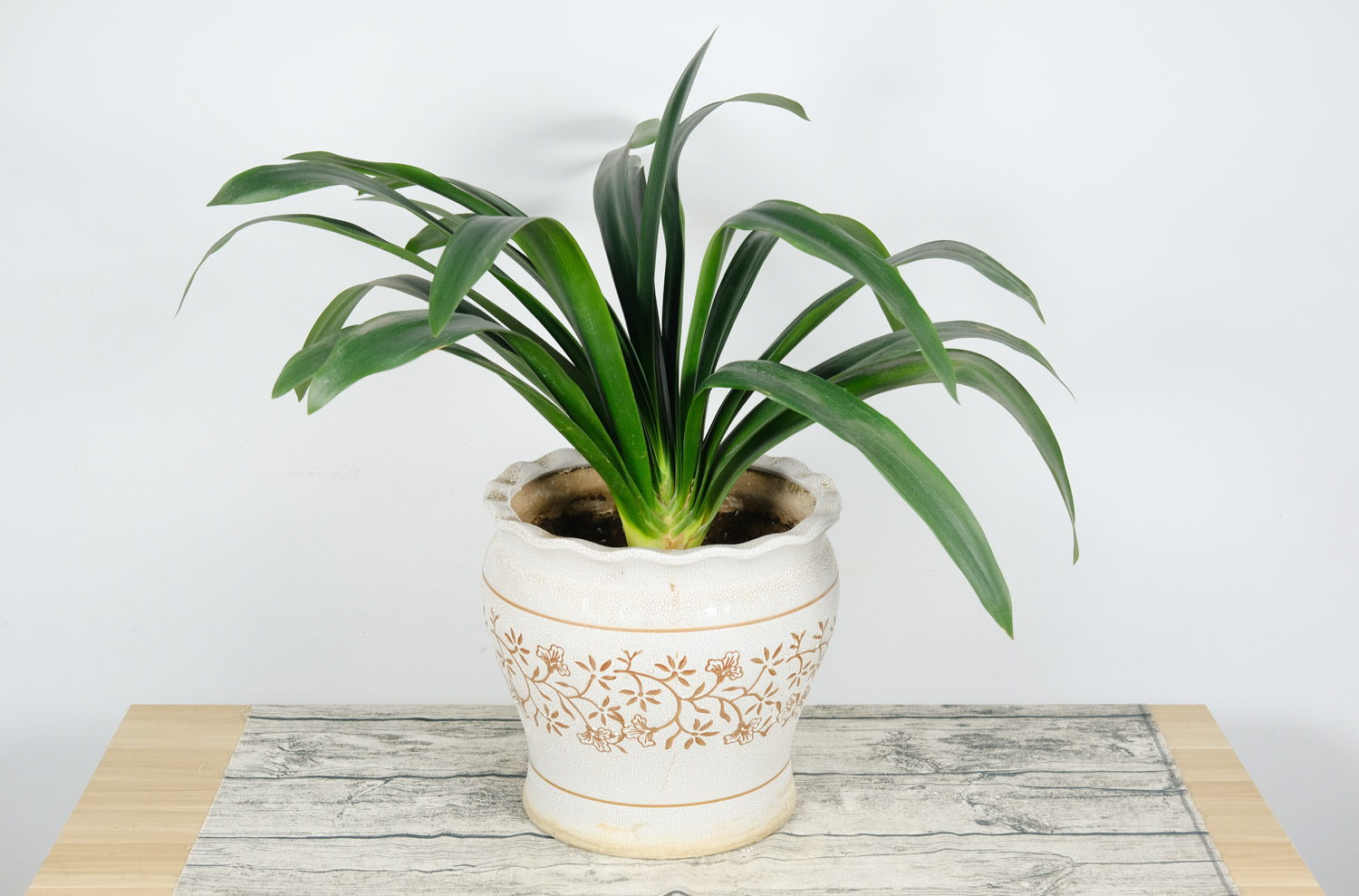
With this breeding tutorial, what else do you buy Clivia
The gentleman orchid in the family has grandchildren, and the grandchildren have children
One pot becomes ten pots, and ten pots become more
Flower friends can sell Clivia soon
(Note: the pictures come from the Internet and the copyright belongs to the original author. Due to restrictions, some pictures cannot be found and the author has not been marked. If your rights and interests are infringed, please contact Huahua wechat qdxixi or qq1273160598 for deletion or copyright payment.)< span>

 how many times do yo...
how many times do yo... how many planted tre...
how many planted tre... how many pine trees ...
how many pine trees ... how many pecan trees...
how many pecan trees... how many plants comp...
how many plants comp... how many plants can ...
how many plants can ... how many plants and ...
how many plants and ... how many pepper plan...
how many pepper plan...




























